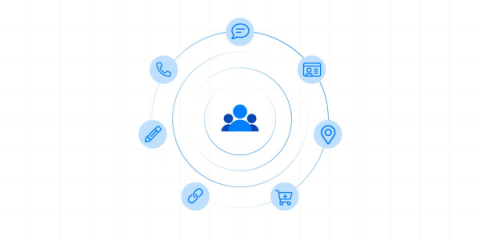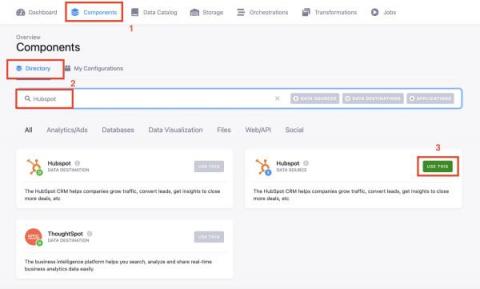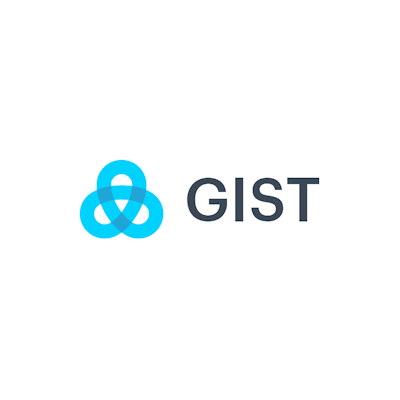Five Ways to Use Salesforce With Heroku
Salesforce and Heroku are two of the most powerful platforms for businesses. Salesforce is a CRM that has been around since 1999 and Heroku is a cloud-based platform that allows you to create, run, and scale apps built in any language (such as Salesforce's native Sales Cloud). When you connect Salesforce to Heroku, you can automatically get Salesforce CRM data to update the Sales Cloud.





